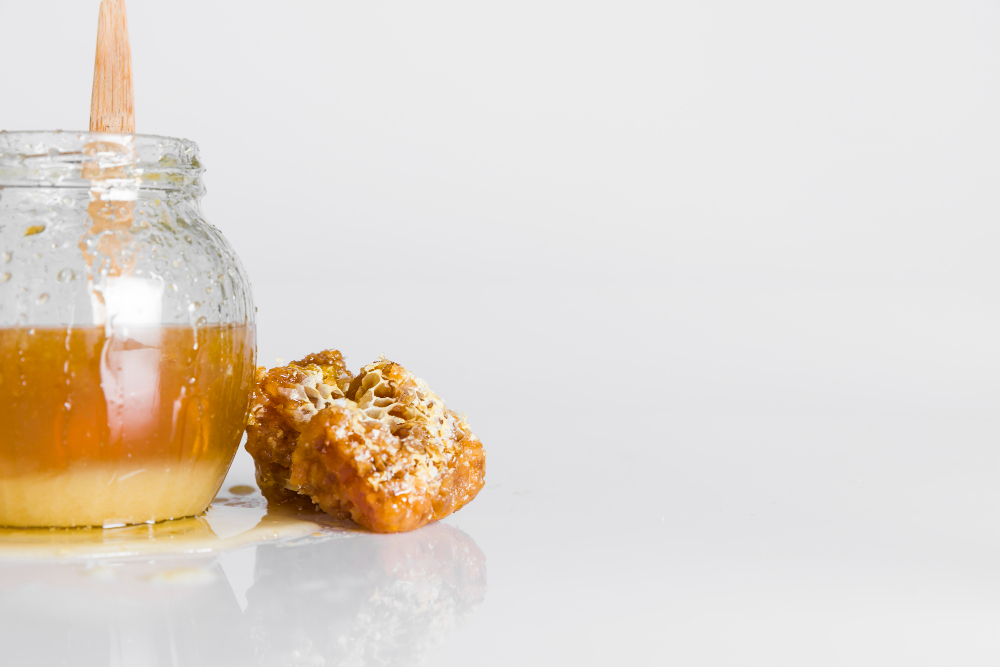
Why Does Honey Crystallize?
Honey, the golden elixir coveted for its sweetness and versatility, has a peculiar tendency to crystallize over time. This natural phenomenon can leave many scratching their heads, wondering why their once smooth honey has turned grainy and solid. But fear not, for the crystallization of honey is a fascinating process rooted in its unique composition and environmental factors. Let’s delve into the science behind why honey crystallizes and what you can do about it.
A Complex Mixture
At its core, honey is a complex mixture of sugars, water, and trace amounts of other compounds. The primary sugars in honey are glucose and fructose, which together make up over 90% of its composition. When honey is harvested, it contains a supersaturated solution of these sugars, meaning that there is more sugar dissolved in the water than would normally be possible under normal conditions.
The Crystallization Catalyst
Glucose, one of the main sugars in honey, plays a crucial role in the crystallization process. Unlike fructose, glucose has a lower solubility in water, meaning it is more likely to form solid crystals. Over time, glucose molecules in the honey will begin to come out of solution and form seed crystals. These seed crystals serve as nuclei around which other sugar molecules can crystallize, leading to the gradual solidification of the honey.
Factors Influencing Crystallization
The rate at which honey crystallizes depends on several factors, including temperature and time. Cooler temperatures accelerate the crystallization process, causing honey to solidify more quickly. Conversely, warmer temperatures can slow down or even prevent crystallization from occurring. Additionally, the longer honey sits on the shelf, the more likely it is to crystallize as glucose molecules continue to come out of solution.
Unique Honey Profiles
The floral source of honey can also influence its propensity to crystallize. Some types of honey, such as those derived from certain floral nectars, have higher glucose content and are more prone to crystallization. For example, honey made from clover or alfalfa nectar tends to crystallize more readily than honey made from citrus or tupelo nectar, which have higher fructose content and remain liquid for longer periods.
Impact on Crystallization
The way honey is processed and stored can also affect its likelihood of crystallization. Raw, unfiltered honey is more likely to crystallize due to the presence of pollen and other particles that serve as nuclei for crystal formation. Conversely, honey that has been ultra-filtered or heated to high temperatures during processing may have a longer shelf life and remain liquid for an extended period before crystallizing.
Bringing Honey Back to Liquid Form
While crystallized honey may seem less appealing to some, it is perfectly safe to eat and retains all of its nutritional properties. If you prefer your honey in liquid form, there are several methods you can use to reverse crystallization. Gentle heating in a warm water bath or microwave can help dissolve the sugar crystals and return the honey to its liquid state. However, be cautious not to overheat the honey, as excessive heat can degrade its flavor and nutritional content.
Crystallization as a Sign of Quality
In conclusion, the crystallization of honey is a natural and inevitable process that occurs due to its unique composition and environmental factors. Rather than viewing crystallized honey as a flaw, consider it a sign of quality and authenticity. Crystallization does not alter the taste or nutritional value of honey and can easily be reversed with gentle heating if desired. So the next time you encounter a jar of crystallized honey, embrace nature’s process and enjoy its sweet goodness in whichever form it takes.